
Hiking in Hong Kong: beautiful Hoi Ha and Pak Sha O, a historic Hakka village
Hoi Ha is best known for its marine park, tranquil beaches, and natural coral, but combine your trip with a visit to nearby Pak Sha O, and you’ll arrive in one of Hong Kong’s remaining traditional Hakka villages
Early on a fine summer morning, Hoi Ha Wan (“Bay Beneath the Sea”) seems serene, the calm waters reflecting Hoi Ha village’s cluster of pale, three-storey buildings, set low on otherwise verdant hillsides, beside a lagoon at the mouth of a stream.
Yet, as with too many places in the rural New Territories, there are conflicts behind the scenes between conservation and development. Plans are always ongoing to build houses here to rent or sell to city folk or mainland Chinese, to reap substantial profits – plans opposed by people who love the countryside.
The expats who revived Hong Kong village Pak Sha O
It still makes for a wonderful outing, however. One of the best places to head lies along a path west of the village. The start of the route is not obvious. Where the road to the village ends just before the housing, look east, to find a concrete path down a slope towards a public toilet.
Follow it down, and turn right before the toilet, then walk towards the coast along the path, that soon becomes a rough trail through woodland and scrubland. Next look for a left turn where there’s a splash of red paint on a rock.
The faint path soon passes a fine banyan tree by a pleasant glade, before leading through an open area that is often marshy. There is a stream crossing, where you jump between boulders (don’t attempt if the stream is flooded, as it becomes dangerous), before a little scrambling, and you arrive at a beach.
A new-looking wooden sign beside the beach announces your arrival at Hoi Ha Wan Marine Park.
While Hoi Ha Wan is noted for its corals, this beach is a wonderful place, where you can revel in the scenery, and perhaps paddle along the shoreline. The sand is fine, comfortable to walk on barefoot, and during the dry winter, forms an 80-metre long sandbar that guards a lagoon fringed by mangroves.
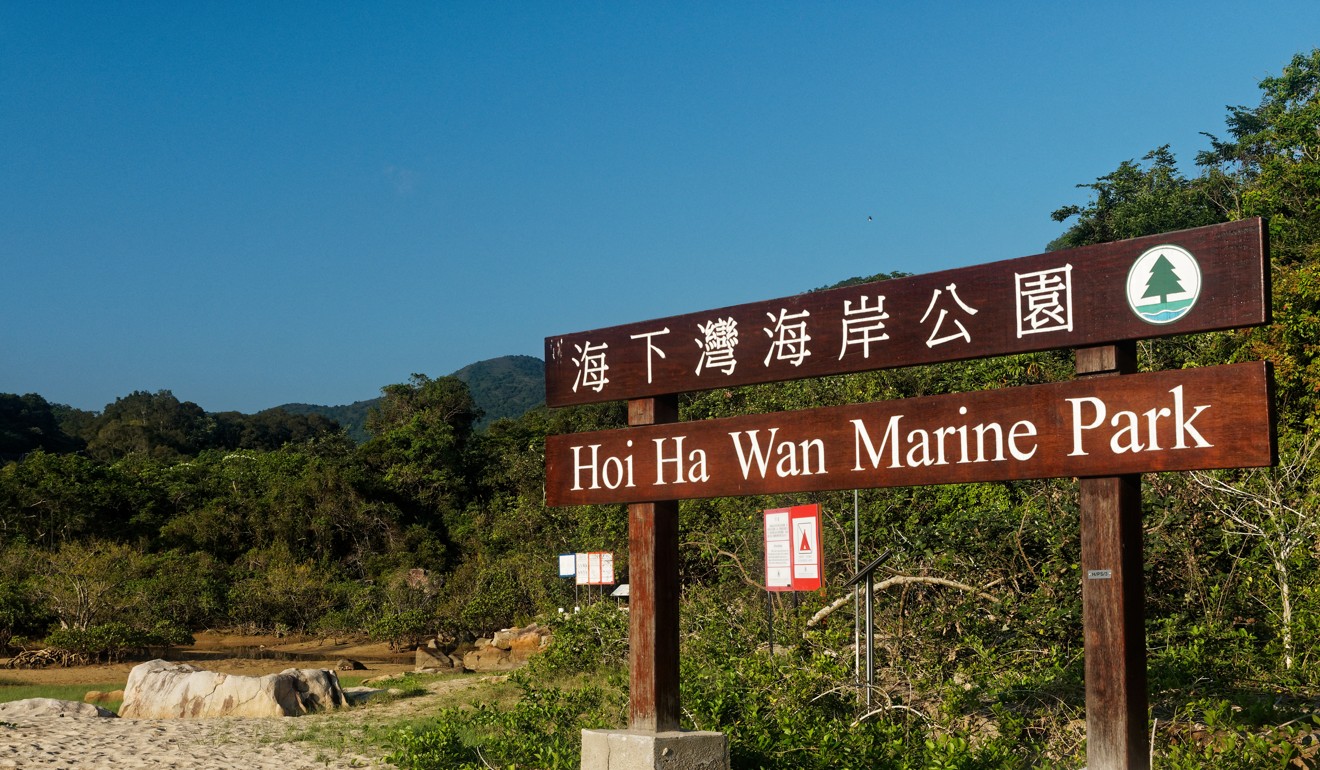
At low tide, you can return to the village by wading across the channel through which the stream flows to the sea.
A path through the village passes by a small cafe where you can rent kayaks and snorkelling equipment, to a concrete path skirting the east shore of the bay. A couple of minutes’ walk beyond the houses, there’s a footpath on the left to a beach that is popular with visitors.
Hongkongers want eco-lodges and adventure activities, but no big changes for country parks
This can be a pleasant spot for a picnic, well away from the hurly-burly of city life. You could swim here, too – taking care, as there is no lifeguard service.
Just across the main path, there are two reconstructed lime kilns built from stones, stacked to form a structure around the height of a living room. In the original kilns, villagers made fires to bake seashells and coral fragments to create lime for uses including house building and fertilising crops.
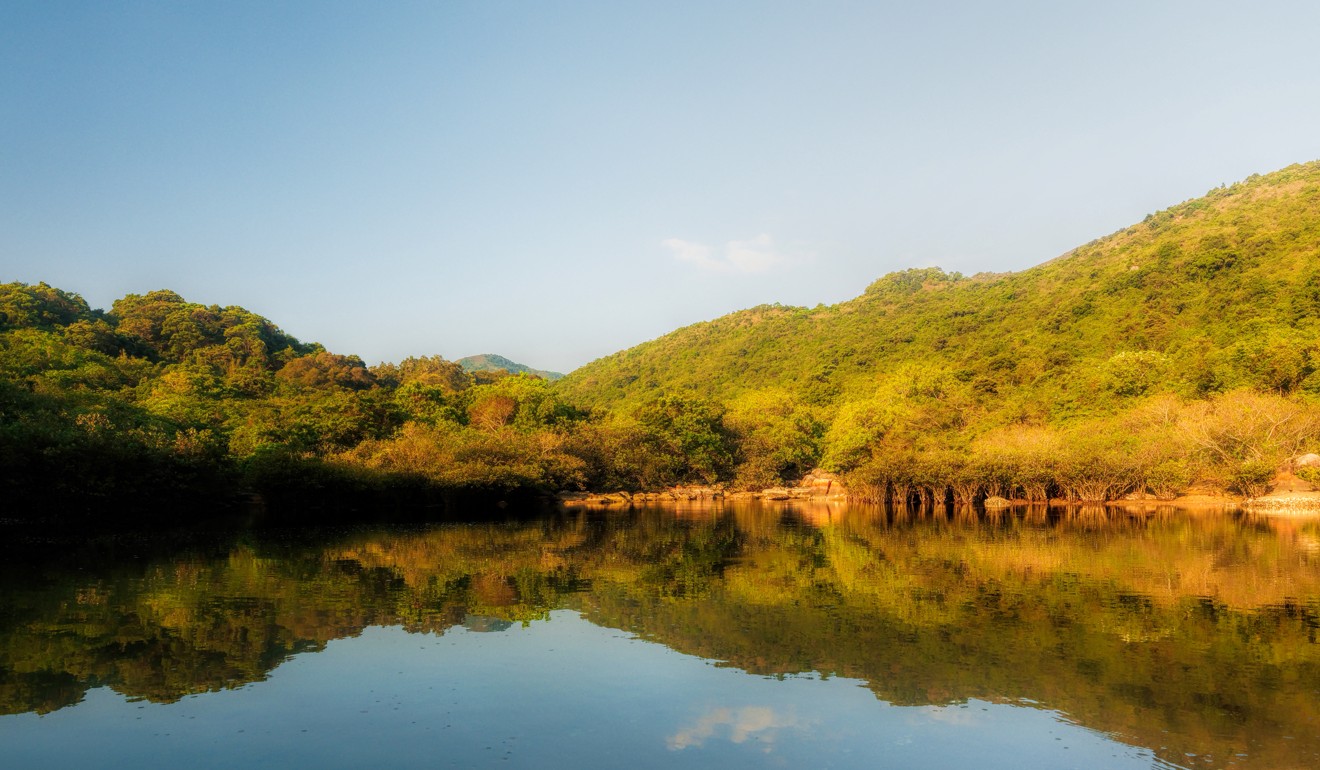
A few minutes north of the kilns, there’s a flight of steps down to a simple concrete pier. In the shallows immediately north of here is one of Hoi Ha’s main areas of coral. You can snorkel to explore it, and quickly find patches of coral, sometimes forming blue-green miniature ranges of hills, orange domes, and arrays of vertical plates. Take care not to damage them – if you need to rest, stand on rocks. Also, avoid contact with creatures like long-spined sea urchins.
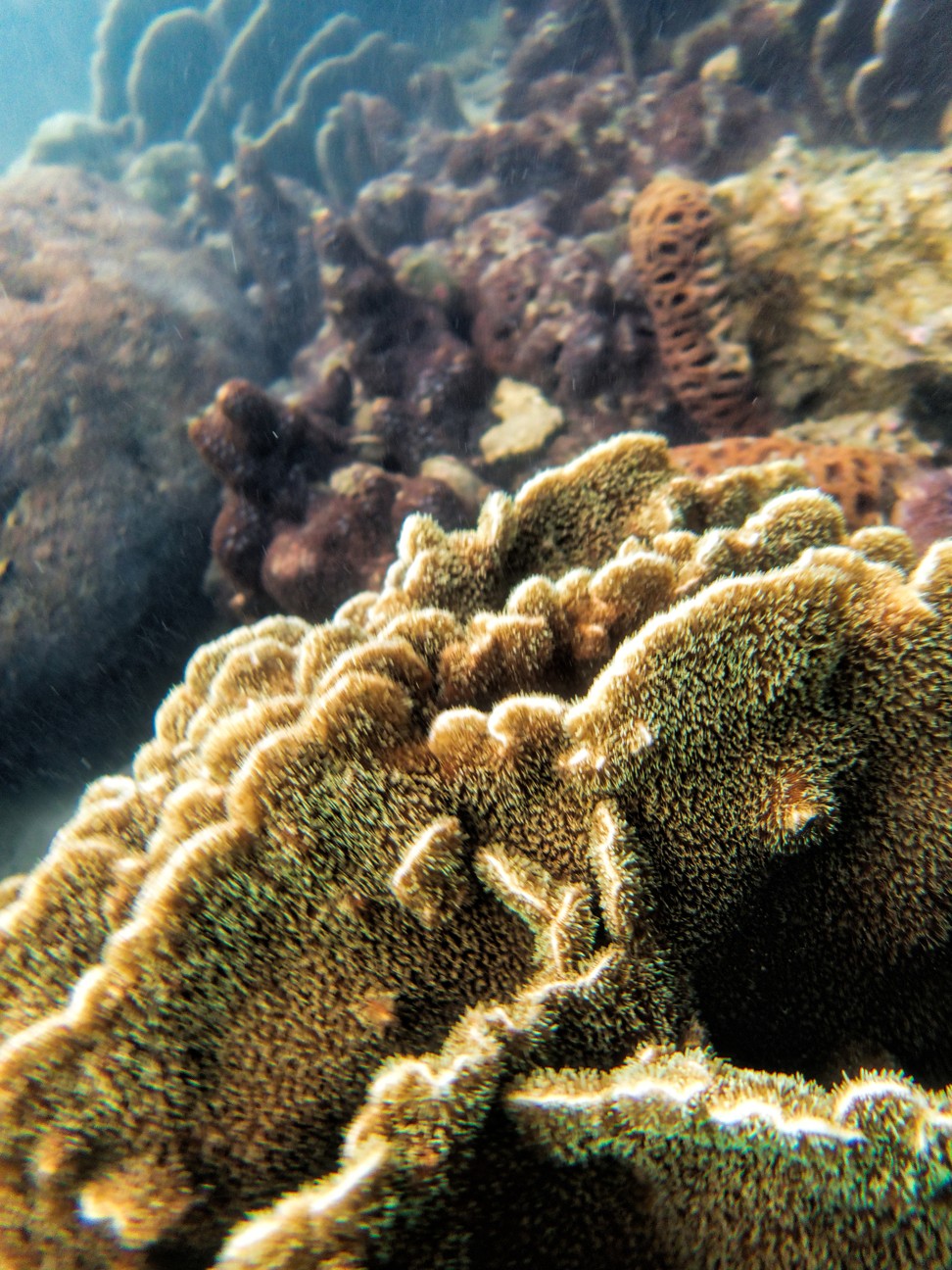
Though 120 species of fish have been recorded by biologists in the marine park, few are visible today. Any you come across is likely to be barely longer than your hands, with muted brown or blackish tones – unlike the rich diversity and vibrant colours of fish typically found in coral areas worldwide.
The reason could be extreme overfishing: while it’s illegal for you or I to catch fish in this marine park, several hundred permits are still issued to allow fishing here, including with nets that trap even tiny fish.

If it seems odd to allow fishing like this in a marine park (imagine permitting people to hunt birds in Mai Po nature reserve, for example), so too does the fact there are no facilities to help you see the marine life of Hoi Ha. It’s known for being our best coastal site for corals, with 60 types recorded.
After snorkelling at high tide, you might easily leave the water via the pier, but at low water you must scramble carefully over large rocks.
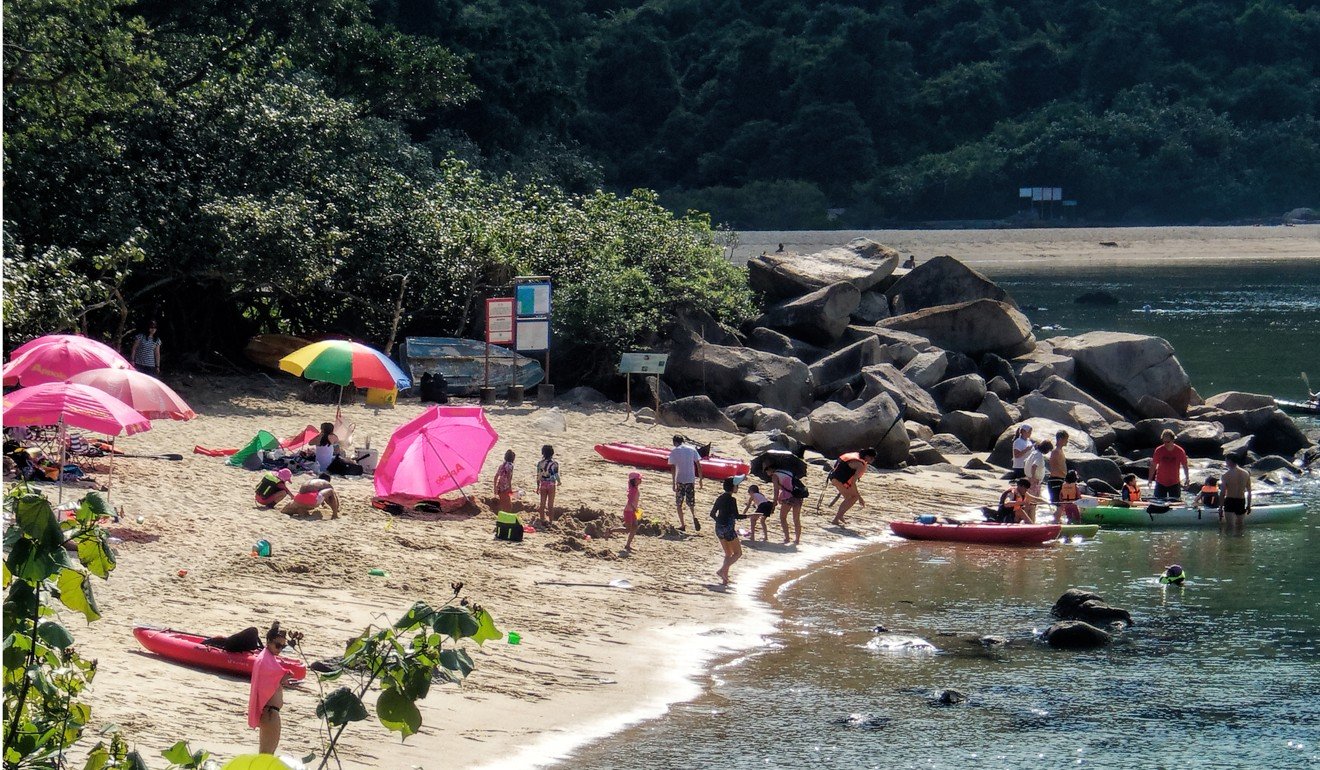
Further north, the path curls eastward, to pass the WWF Hong Kong Marine Life Centre, a rather grandiose building perched above shallow waters on cylindrical legs like an oil rig. It is mainly limited to use by community centres and youth groups, and is sadly closed to casual visitors.
You could continue round the coastline, leaving Hoi Ha Wan to walk alongside Long Harbour to Wong Shek Pier. Or, again retrace your steps, this time aiming for nearby Pak Sha O.
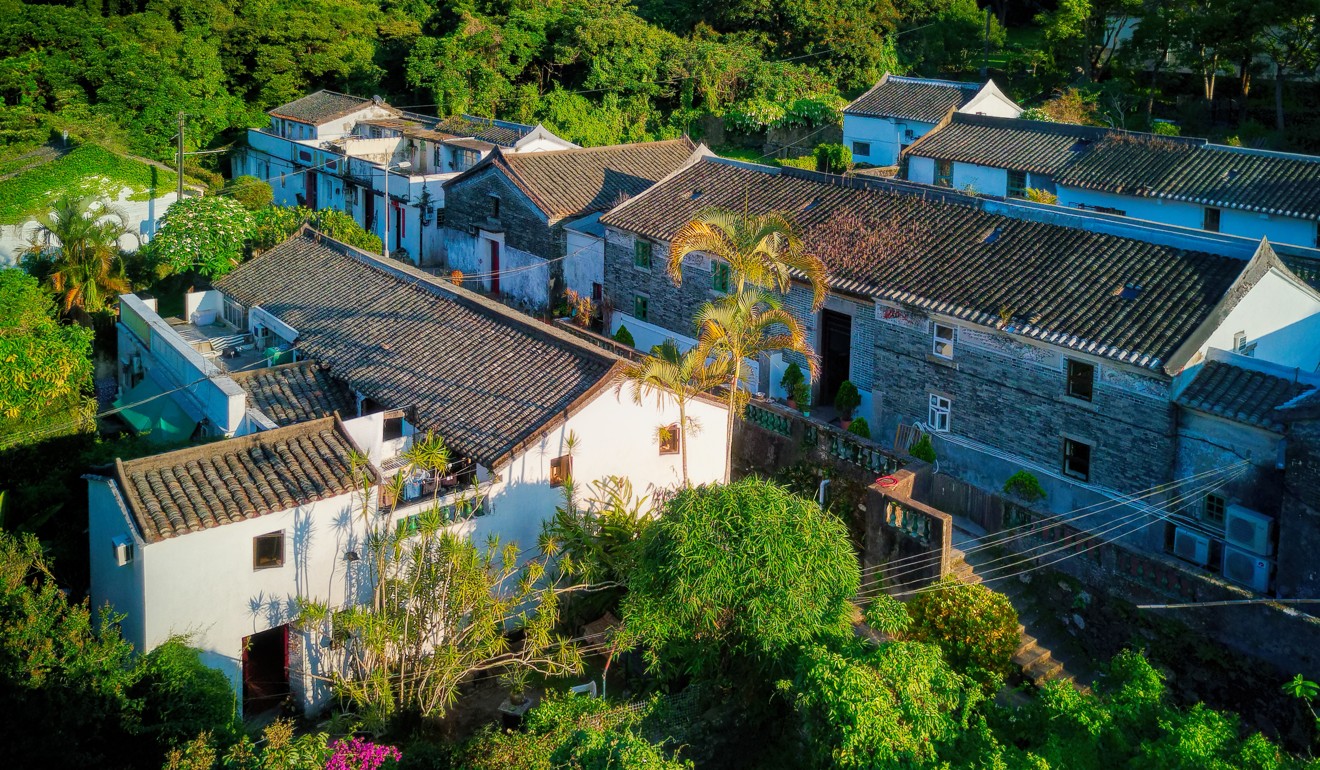
Pak Sha O is a traditional Hakka village, tucked away in a wooded valley. You can find it by walking around 400 metres south along the road from Hoi Ha. After crossing a stream, look for a footpath on the right. This takes you through trees, then by a patch of farmland where fruit and vegetables are grown, to arrive by white-painted, two-storey houses in a corner of the village.
Hakka farmers built Pak Sha O around the middle of the 19th century. The houses were neatly placed, mainly in three rows arranged along a gentle slope. The main houses followed the prevailing styles of villages at the time – each with a downstairs living space, and a wooden ladder up to a cockloft used for sleeping.
There was also a grand family compound, complete with ancestral hall and watchtower, built with the founding Ho family’s profits from recruiting crew members for ship companies.

This became officially classed as a Grade 1 historic building. Two other houses were given a Grade 2 rating, and a fine church just above the village has a Grade 3 rating. Even so, by the mid-1980s much of the village was in disrepair, as families had moved out, some heading to the UK.
But at this time some expatriates rented a house there, and it sparked a revival again, leading to most properties being renovated to become homes for a new wave of Pak Sha O villagers.
While residents fear a developer’s plans to profit from constructing modern style buildings right next to existing houses and on plots of farmland, for now at least, you can still admire these traditional houses and the surroundings.
Rare butterfly find in Tai Lam Country Park
Getting there: Minibus 7 from Sai Kung Pier serves Hoi Ha, and can stop by the path to Pak Sha O. On busy days, there can be a substantial queue for the return mini bus from Hoi Ha, which runs about every half-hour. If you have visited Pak Sha O, it is often worth walking down to the Hoi Ha terminus, to avoid being passed on the road by full minibuses.

